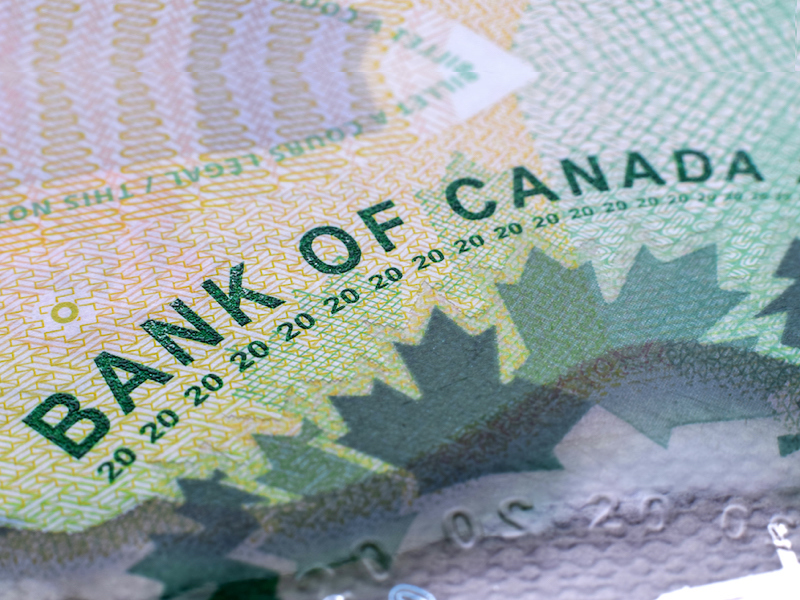
The global interest rate cycle has turned, but it will take time before households feel the salutary effects of looser monetary policy, says Desjardins Group in a new report.
Several advanced-economy central banks have started cutting rates, with the Bank of Canada joining its counterparts in Europe, Switzerland and Sweden in easing policy.
“But despite this initial cut, Canadian monetary policy remains very restrictive, and additional reductions will be needed to gradually bring rates closer to neutral (about 2.75%),” Desjardins said.
It’s currently forecasting three more rate cuts this year, and further cuts in 2025 and 2026, ultimately pushing rates below the neutral level by the end of next year.
“We see the [Bank of Canada’s] target for the overnight rate eventually falling to about 2.25% by early 2026,” it said.
In the meantime, “as households renew their mortgages at higher rates, particularly those that bought homes in 2020 and 2021, higher debt service costs will mean fewer funds available to spend,” the report said. “We expect household consumption and residential investment will be slower than they would be otherwise as a result.”
Planned curbs on immigration will slow population growth.
“While that will take pressure off the rental housing market, it will also mean lower overall consumption and residential investment,” it said.
“However, the silver lining is that this more pronounced economic weakness will allow inflation to slow more quickly than it might otherwise, supporting still lower interest rates in the process,” Desjardins noted.
That’s not the case for the U.S. Federal Reserve Board, which has yet to join the global rate cutting, amid stronger consumer spending than other markets and resilient inflation.
Desjardins said it now expects the Fed to wait until after the U.S. election in November before it cuts rates.
“It remains to be seen how far the [Bank of Canada] will diverge from the Fed on monetary policy,” it said.
While there’s some fear that too much divergence will weaken the Canadian dollar, putting upward pressure on inflation, Desjardins said it believes that the Bank of Canada “has some room to pursue its own monetary policy.”